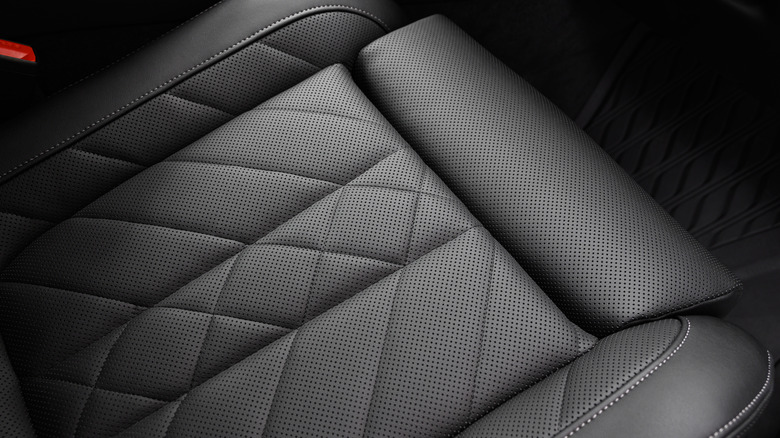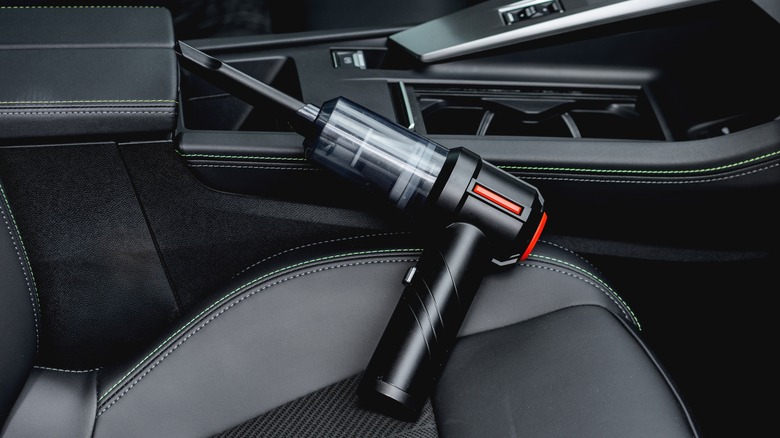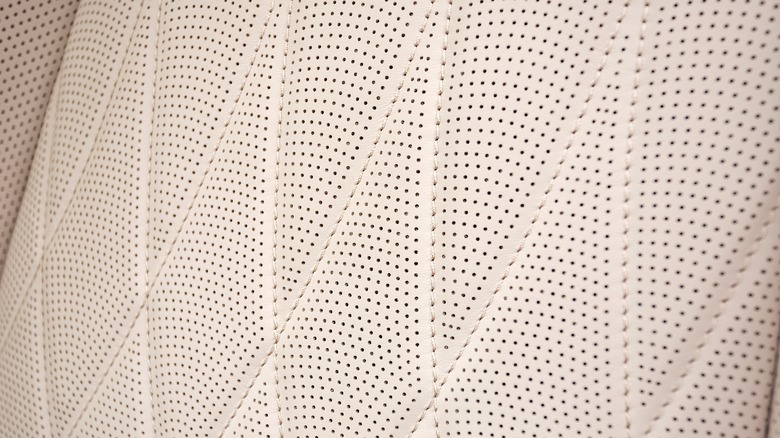Why Do Leather Car Seats Have Holes?
Chances are if you've been shopping around for a new car, you've likely come across top-of-the-line car models adorned with leather seats that have holes in them. Most new cars offer them as an option to customers, and there are many reasons for this. Because the holes are neatly punched out into tastefully done patterns and sizes by a perforating machine, their presence can significantly boost the attractiveness of a car's interior by giving it a more opulent and sophisticated appearance.
But there is more to perforated seat covering than aesthetics alone. Usually, the holes in leather car seats are meant to allow air to circulate more freely through the seats. This makes long drives more comfortable as it reduces heat buildup in hot weather, and thus, keeps occupants sweat-free. During the cold winter months, the holes conversely provide comforting warmth.
In addition to increasing the breathability of the leather, car manufacturers typically elect to go with leather car seats with holes in them because they provide better grip than solid leathers, which tend to be quite slippery. Also, in cars with heated and cooled seats, the air flowing through the reticulated foam comes out through the perforation holes punched into the leather, allowing the seats to warm up or cool down much faster.
Are leather car seats with punched holes difficult to clean?
Because of the tiny holes in them, some people worry that perforated leather car seats can trap grime and therefore consider them more challenging to clean than smooth ones. While they do require some level of care during the cleaning process, you can clean perforated leather seats and get grime out of the holes with only a few bits of equipment, namely a vacuum cleaner, compressed air duster, and soft-bristled brush.
A rubber gum stimulator is also a clever way to remove grime buildup from seat holes, as it helps ensure you're not pushing dirt back down into the holes. Or, even better, you can avoid tedious deep cleaning altogether by preventing dirt from accumulating on the perforated leather seats in the first place. This can be achieved by cleaning the surfaces as they become dusty or as soon as, say, food particles drop, rather than waiting for the holes to become clogged by dirt before attempting to dislodge it.
How much more do perforated-leather seats cost?
Perforated leather seat costs can vary drastically from one car to another, depending on the type and quality of leather used in making the seat covers and the additional premium features they're paired with. Take the family-hauling Subaru Ascent. While the Limited and Touring trims both feature perforated leather seats, the Touring model costs slightly more, due in part to the fact it offers higher-quality Nappa leather seats. It starts at $51,165 compared with a base MSRP of $47,885 for the Limited grade.
However, that $3,280 premium gets you a lot more than just perforated leather seats. It covers other extras such as standard ambient LED interior lighting, ventilated front seats, 120-volt power outlet, rain-sensing windshield wipers, and power-folding outside mirrors. It's worth mentioning that the amount you'll ultimately have to pay will also depend on the brand and type of car you're considering. If, on the other hand, you've already bought a car and are looking to add perforated leather seats in the aftermarket, they can cost anywhere from around $1,500 to over $2,000, depending on labor and the type of material you want installed.


